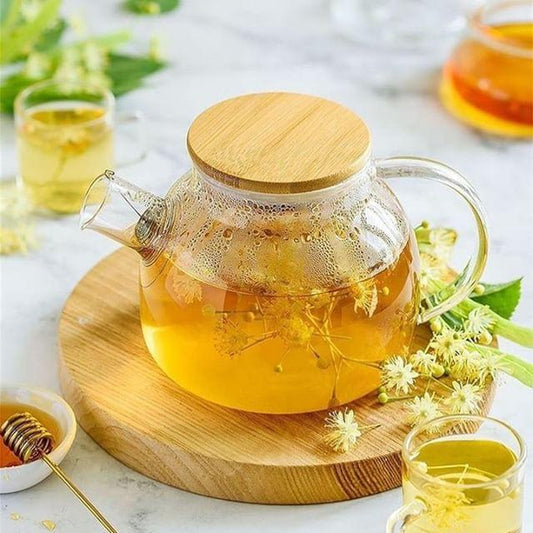The Art of Plating: Using Tableware to Elevate Your Culinary Creations

The art of plating goes beyond simply placing food on a plate; it involves a deliberate and thoughtful arrangement that enhances the visual appeal and overall dining experience. The right tableware plays a crucial role in this process, transforming ordinary meals into extraordinary culinary creations. Here’s how you can use tableware to elevate your plating and make every dish a work of art.
Understanding the Importance of Plating
Plating is an essential aspect of the dining experience, influencing how diners perceive and enjoy their food. A well-presented dish can stimulate the senses, making the food more appealing and enhancing the overall dining experience. Here are some key principles to consider when plating:
- Balance: Achieving the right balance between the different elements on the plate.
- Color: Using color to create visual interest and highlight ingredients.
- Texture: Incorporating various textures to add depth and complexity.
- Proportion: Ensuring that portions are well-sized and that the plate isn’t overcrowded.
Choosing the Right Tableware
The first step in the art of plating is selecting the appropriate tableware. Here’s how different types of tableware can enhance your presentation:
1. Plates
Shape and Size:
- Round Plates: Classic and versatile, round plates are perfect for most dishes. They provide a symmetrical and balanced canvas for your food.
- Square Plates: These offer a modern and contemporary look, ideal for geometric and structured presentations.
- Rectangular Plates: Great for long, narrow dishes like sushi or appetizers, allowing for creative layouts.
Color and Material:
- White Plates: White porcelain plates are a chef’s favorite as they highlight the colors and details of the food. They offer a clean and elegant backdrop.
- Colored Plates: Use colored plates to complement the food and create a specific mood or theme. Earthy tones work well with rustic dishes, while vibrant colors can enhance modern presentations.
- Textured Plates: Plates with subtle textures can add an extra dimension to your presentation, making the dish more visually interesting.
2. Bowls
Shape and Depth:
- Shallow Bowls: Ideal for dishes with sauces or garnishes that you want to spread out, such as pasta or risotto.
- Deep Bowls: Perfect for soups, stews, and dishes that require containment. They provide depth and allow for layering of ingredients.
Material and Finish:
- Ceramic Bowls: Offer a rustic and homey feel, great for comfort foods.
- Glass Bowls: Provide a modern and sleek look, allowing diners to see the layers and colors of the dish.
Techniques for Plating
Once you have selected the right tableware, it’s time to focus on plating techniques. Here are some tips to help you create visually stunning dishes:
1. Placement
Rule of Thirds:
- Divide the plate into three sections (either vertically, horizontally, or diagonally) and place the main elements along these lines. This technique creates a balanced and aesthetically pleasing composition.
Focal Point:
- Create a focal point on the plate that draws the diner’s eye. This is usually the main component of the dish, such as a piece of protein or a vibrant vegetable.
2. Height and Layers
Building Height:
- Add height to your dishes by stacking or layering components. Use ingredients like mashed potatoes or polenta as a base and build upwards with proteins and garnishes.
Layering Textures:
- Combine different textures to add depth and interest. For example, pair crispy elements with creamy or crunchy components with smooth ones.
3. Garnishes and Sauces
Edible Garnishes:
- Use fresh herbs, edible flowers, or microgreens to add color and a touch of elegance. Ensure that garnishes are edible and complement the flavors of the dish.
Sauce Techniques:
- Use a squeeze bottle or spoon to create artistic swirls, dots, or lines with sauces. This adds visual appeal and enhances the overall presentation.
Examples of Plating Styles
1. Classic Plating
- Arrange the protein in the center of the plate, surrounded by sides and garnishes. This style is timeless and works well for most dishes.
2. Asymmetrical Plating
- Place the main components off-center, creating a dynamic and modern look. Use negative space effectively to highlight the food.
3. Layered Plating
- Build layers with different components, adding height and dimension. This technique is ideal for dishes with multiple elements, like gourmet salads or composed desserts.
Conclusion
The art of plating is a powerful tool that allows you to elevate your culinary creations and enhance the dining experience. By choosing the right tableware and employing thoughtful plating techniques, you can turn every dish into a visual masterpiece. At Wilmax we offer a wide range of tableware designed to complement your culinary artistry. Explore our collections and discover how the perfect tableware can transform your meals into unforgettable experiences.
Share:





